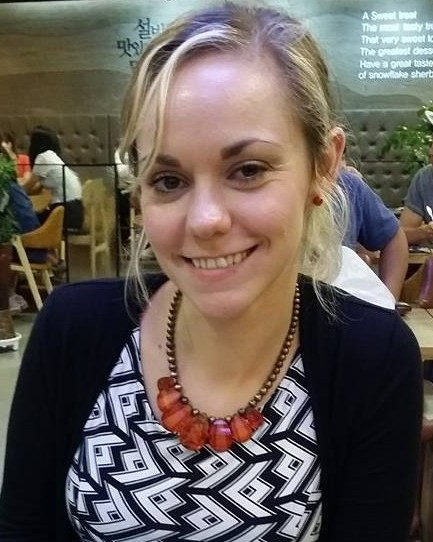Breast Reconstruction Surgery: What Are The Options?
Not having breasts doesn’t mean you’re not a woman. In fact, there shouldn’t be any single characteristic that defines a person’s sexuality. But it’s perfectly normal and understandable for women who have undergone a mastectomy to feel something is amiss. Losing a body part, something you’re born with, is incredibly hard and deserves an appropriate response to address that pain.
Your doctor will undoubtedly bring up options for breast reconstruction prior to a mastectomy. The choice is entirely yours and depends on a variety of factors, including:
- Your comfort level with having more surgeries for reconstruction
- How soon you want to resume your normal day-to-day life
- Whether you have other medical conditions such as diabetes that can affect the healing process
There are two types of breast reconstruction. The first one is implant reconstruction, using a silicone or saline implant to create a breast form. The second one is flap (or autologous) reconstruction, taking tissues from other areas of your body to create a breast shape. It’s possible to combine both types in some cases.
Choosing between implant and flap reconstruction is a personal preference. Both surgeries come with distinct advantages and disadvantages.
Implant reconstruction pros & cons
An implant is filled with silicone, saline, or a combination of the two. Implant reconstruction is easier to perform and has a shorter recovery process than flap reconstruction. But implants are more susceptible to problems like rupture and deflation in the long run. They also won’t feel natural, although time can change that. A good candidate for implant reconstruction is someone who doesn’t need to undergo radiation therapy, as chances of problems are high.
Flap reconstruction pros & cons
While implants generally have to be replaced every 10 to 20 years, flap reconstruction lasts a lifetime. Your breast(s) will feel more natural since you’re using your own body tissue. Tissue can come from your abdomen, back, buttocks, or thighs depending on whether you have enough extra tissue. This is a good option for someone who doesn’t mind extra incisions on their donor sites and can withstand longer surgeries. One of the main disadvantages is that your breast(s) will get smaller or larger if you lose or gain weight.
Don’t want reconstruction?
Of course, you can always opt for no reconstruction, known as “going flat.” It’s a huge decision and you don’t need to overwhelm yourself beforehand. You can change your mind and decide to do a reconstruction surgery later, although you should keep in mind that reconstruction right after your mastectomy will look better cosmetically.
An alternative
If you want a middle ground between going flat and reconstruction, you can choose a prosthesis (or two prostheses for a double mastectomy). A prosthesis is convenient and comes in many different sizes and shapes. There are many clothing options to accommodate prostheses to make them discreet and comfortable. Best of all, because they require no surgery and can be used immediately, they’re a good option for women who are tired of making difficult decisions regarding their health.

